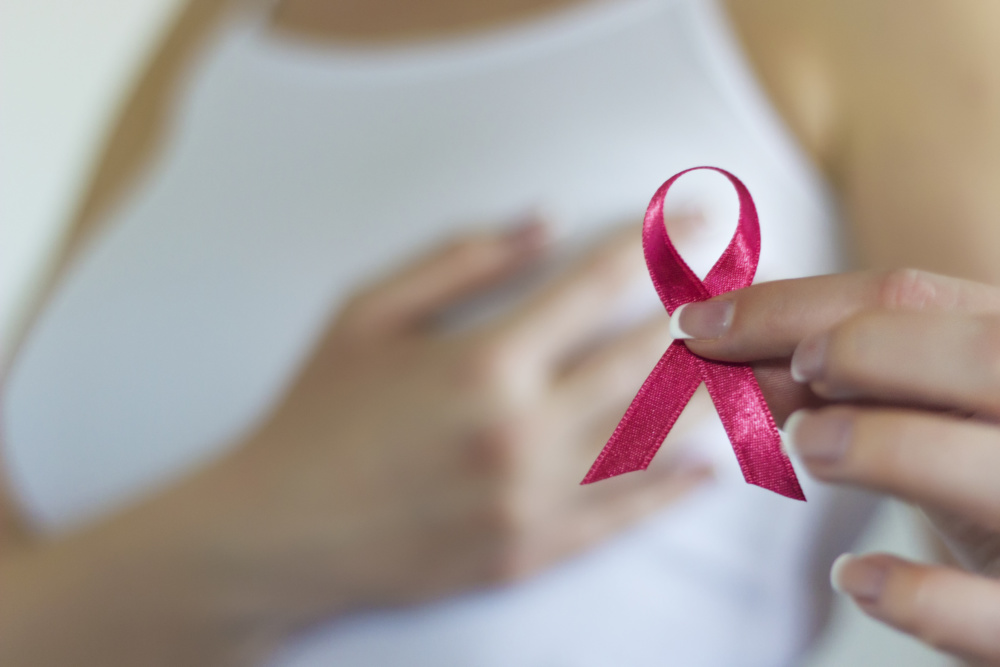Provided By: Farlyn Lucas
A mastectomy is recommended when a woman is diagnosed with breast cancer, or if the doctor believes she is at very high risk for developing it in the future. Breast reconstruction can be done during the mastectomy or soon after. The type of reconstruction will depend on the extent of the mastectomy. Each type of mastectomy describes the amount of tissue that’s removed, including:
- Simple
- Total
- Modified radical
- Partial
- Subcutaneous – nipple-sparing
Types of Breast Reconstruction
There are two general techniques plastic surgeons use to reconstruct a woman’s breast after mastectomy. The first is an implant reconstruction, which uses a silicone gel or saline-filled implant. The second is an autologous or “flap” reconstruction. This procedure uses tissue taken from another part of a woman’s body, such as the stomach, side, or back. This procedure may also include an implant.
Additionally, there are several different types of flap procedures. The surgeon decides which to use based on the woman’s body type, breast size, and whether she’s planning to get pregnant. Blood flow to the reconstructed area is important to wound healing. When a free flap procedure is used, it takes tissue from a separate area of the body, which separates the tissue from the original blood source.
A pedicle flap uses nearby tissue and moves it under the skin while keeping the blood vessels intact. Initially, an implant reconstruction is an easier procedure to perform and recover from. However, implants may have problems and require additional procedures to fix. A flap procedure is more difficult to perform and recover from. Yet, these last longer and may not require any attention. Since the flap procedure requires more skill on the part of the surgeon, a woman’s choice may be limited by the surgeons in her area.
What a Woman Should Expect After Surgery
It is important a woman understands the process to help reduce fear and improves expectations. Many women will feel better after just two weeks and will be able to return to normal activity in two to three months. Some women experience problems with infection at the surgical site or problems with wound healing. Wound care after reconstruction is vital to the success of the surgery.
Many women report pain and minor bruising around the surgical site. However, pain that increases overtime may indicate a problem with the surgery, including infection. Some women will develop a seroma. This is a buildup of normal body fluid under her armpit that is uncomfortable and causes swelling but is not dangerous. They tend to develop overtime and some will require the attention of the surgeon to drain.
Another common experience is numbness or loss of sensation along the outer part of the chest. This is normal as these nerves may be cut during the procedure. The area of numbness or lack of sensation may get smaller over time, but it doesn’t usually go away.
Serious Conditions Require More Attention
While they are not common, wound infections do happen in approximately 5% of all breast reconstruction, especially in those where a woman has a wound in the armpit area. Some infections will require antibiotics and others may require stitches to be removed so the area can be drained.
In some cases, the blood supply to the edge of the wound is not adequate and it begins to break down. Women who have a history of smoking or who have had radiotherapy have a greater risk of this occurring. The area will need attention by the woman’s surgeon, including different types of dressings to encourage blood supply.
A common concern when implants are used is capsular contracture. In this case, a scar forms around the implant. As more tissue is laid down it tightens, squeezing the implant. The woman will notice the implant begins to feel hard. Surgery may be needed to remove the scar tissue, or the implant may need to be replaced.
What Are the Expectations?
No one can predict how they will react to the loss of a breast. Some women experience anxiety, sadness or grief, many times because the breast is an external and visible part of what it means to be a woman.
Today, women are given the opportunity to explore their feelings and figure out what is best in their individual circumstances. After talking with a counselor or therapist, some women decide they do not want reconstruction after a mastectomy. Each woman will make an individual choice based on their past experiences and current lifestyle.







Recent Comments